
Schwaan is a municipality in the Rostock district, in Mecklenburg-Vorpommern, Germany. It is also the seat of the Schwaan Township, serving another six municipalities.

Karl Friedrich Lessing was a German historical and landscape painter, grandnephew of Gotthold Ephraim Lessing and one of the main exponents of the Düsseldorf school of painting.

The Weimar Princely Free Drawing School was an art and literature educational establishment. It was set up in 1776 in Weimar by the scholar and ducal private-secretary Friedrich Justin Bertuch (1747–1822) and the painter Georg Melchior Kraus (1737–1806), as part of Weimar Classicism. It was financed by the young Charles Augustus, Grand Duke of Saxe-Weimar-Eisenach and heavily promoted by Goethe, who also taught there. Among its pupils were Charles Augustus's future mistress Karoline Jagemann. It lasted until 1930.

Thomas Ludwig Herbst was a German Impressionist painter; known mostly for landscapes and animal portraits.
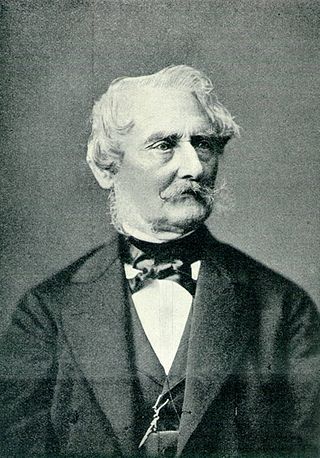
Johann Heinrich Strack was a German architect of the Schinkelschule. His notable works include the Berlin Victory Column.

Woldemar Friedrich was a German historical painter and illustrator.

Johann Friedrich August Tischbein, known as the Leipziger Tischbein was a German portrait painter from the Tischbein family of artists.

August Haake was a German landscape painter.

Carl Wilhelm Christian Malchin was a German landscape painter and art conservator.
Wilhelm Facklam was a German landscape artist and draftsman. The focus of his work was on the countryside of his home region, Mecklenburg. He is one of the most important landscape artists in the tradition of the Schwaan Artistic Colony.
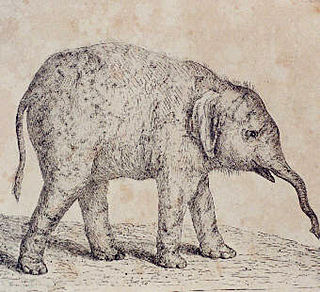
Johann Heinrich Tischbein, known as The Younger was a German painter and engraver from the Tischbein family of artists.
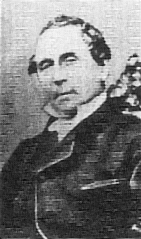
Johann Heinrich Albrecht Tischbein was a German engineer and shipbuilder; one of the designers of the first German iron screw steamers.
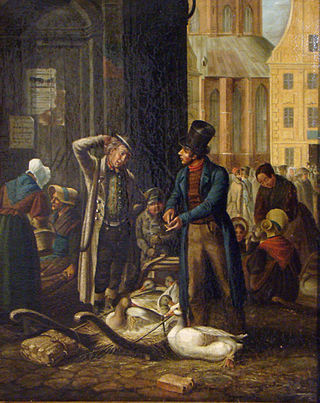
Paul Ludwig Philipp Wilhelm Tischbein was a German illustrator and painter; primarily of landscapes and genre scenes. He was a member of the Tischbein family of artists.

Karl Lorenz Rettich was a German landscape artist and draftsman.

Adolf Friedrich Wilhelm Wachenhusen was a German landscape artist, draftsman and etcher. The focus of his work was on the countryside of his home region, Mecklenburg.
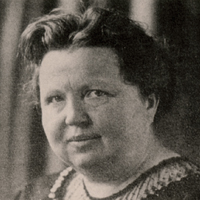
Henriette Lehmann, née Straßmann, known as Henni was a politically and socially active German painter and writer of Jewish ancestry.

Louise Elisabeth Andrae was a German Post-Impressionist landscape painter and watercolorist.
Dora Koch-Stetter was a German landscape artist, portrait-painter and etcher.
Friedrich Ludwig Heinrich Waagen also Christian Friedrich Ludwig Heinrich Waagen, Wagen or Wage) was a German portrait, history and landscape painter. Hardly anything is known about his works. However, he had acquired extensive knowledge of art, amassed a collection of paintings in Hamburg and was known to friends with or in-laws of many important personalities of his time. Gustav Friedrich Waagen (1794-1868) and Carl Waagen (1800-1873) are his sons.
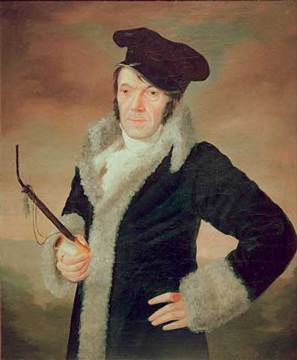
Conrad Westermayr was a German painter and copper engraver.


















